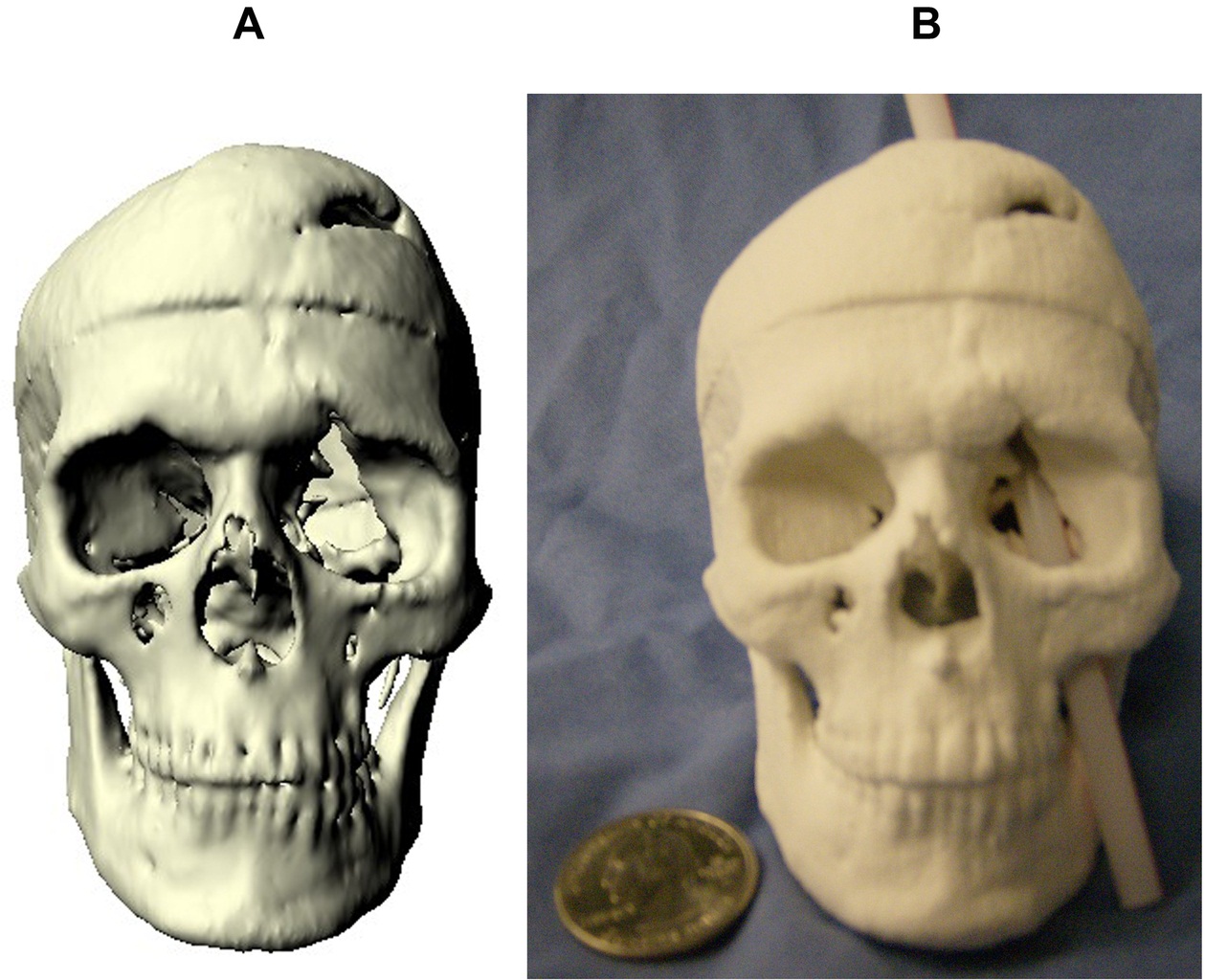
Story Highlights
- Historical event:
- 13 September 1848
- The 3-cm thick iron rod (109 centimeters long) entered on the left side of Phineas Gage's face, passing behind the left eye, and out at the top of his head.
On this day in 1848, the 25-year-old Phineas Gage was working as a blasting foreman on railway construction projects in the U.S. state of Vermont.
The workers were setting up a blast for boring a hole deep into an outcropping of rock, adding blasting powder, fuse, and sand; then compacting this charge into the hole using the tamping iron.
Gage was doing this around 4:30 PM, when the iron sparked against the rock and the powder exploded. The explosion drove the iron rod straight into his head. The rod entered on the left side of his face, passing back of the left eye, and out at the top of his head.
Although the rod was 3 cm thick and 109 cm long, Phineas Gage survived the accident. The rod fell to the ground, 25 meters away from Gage.
It’s amazing that Gage actually spoke after a few minutes, walked almost alone, and was sitting up very straight while they were driving him to a nearby town.
While Doctor Edward H. Williams was examining Gage, he was describing what had happened. It was hard for Williams to believe that the rod had passed through Gage’s head. He could actually see pulsating veins in his head.
Gage acted very bravely, despite people around him were mostly convinced that he would die. He slipped into a semi-coma, and they already prepared a coffin and clothes for his burial.
Gage had been in semi-coma for two weeks, when he unexpectedly began to recover. He managed to get out of bed. He was able to walk up the stairs, and walk around the town. At the end of the same year, he was able to ride a horse.
Gage wanted to have the rod which passed through his head. He was carrying it, and calling it “my iron rod”.
Phineas Gage died 12 years after the accident. His skull and the famous metal rod are kept at Harvard University, as evidence of this medical phenomenon.




